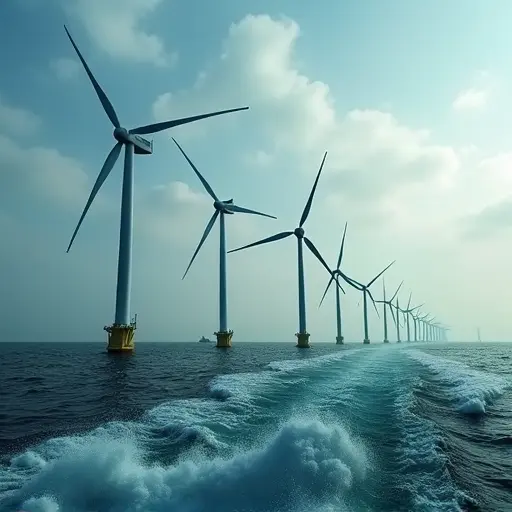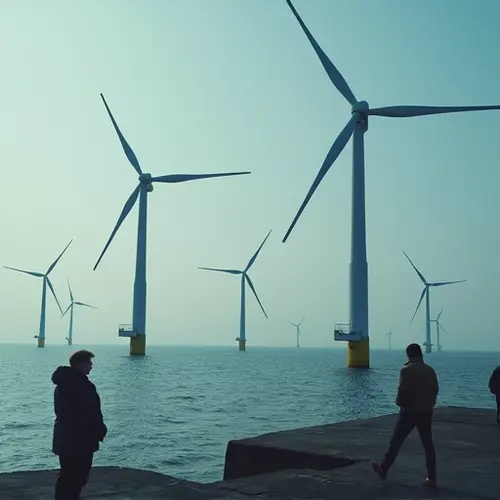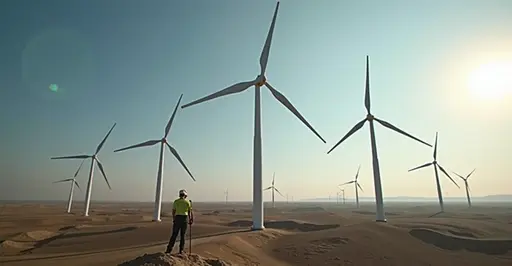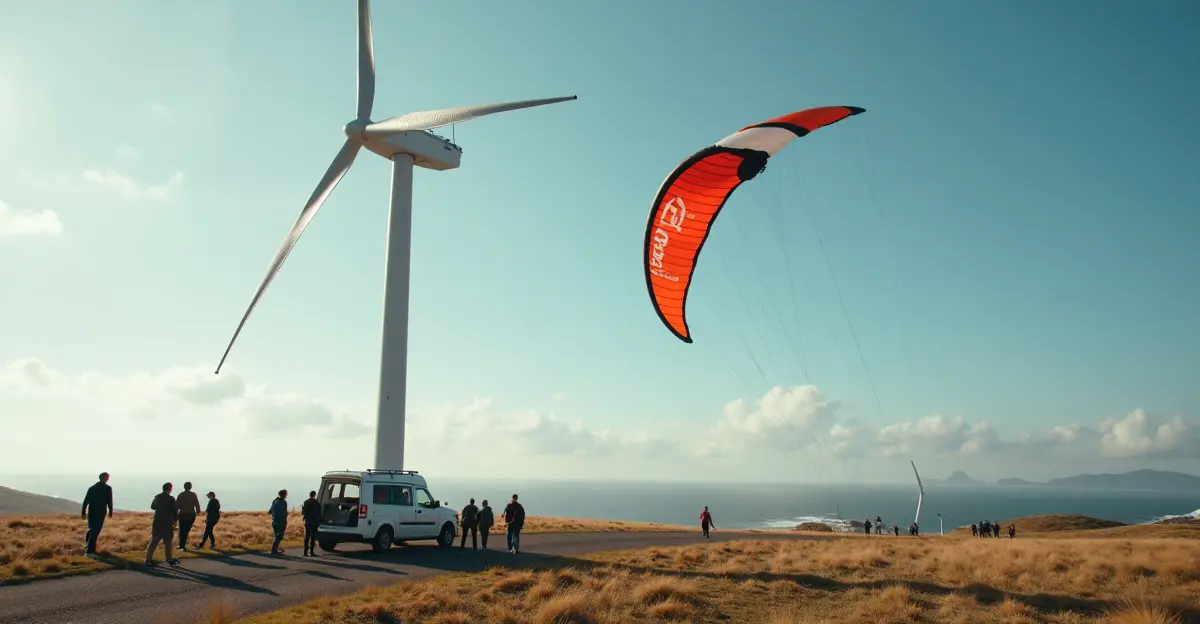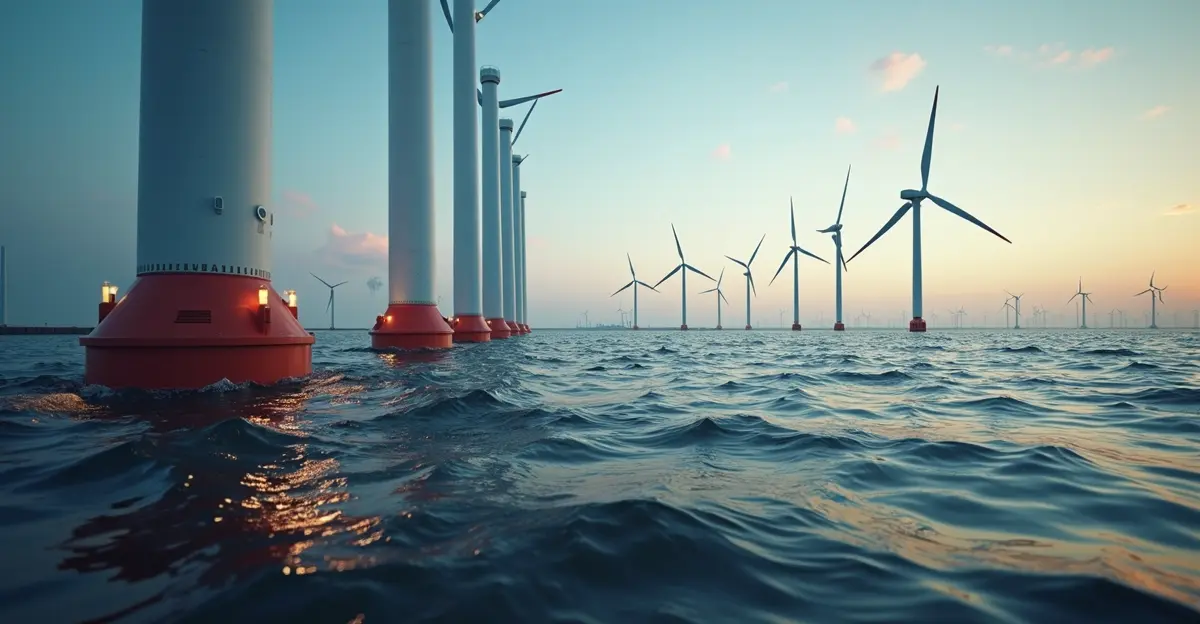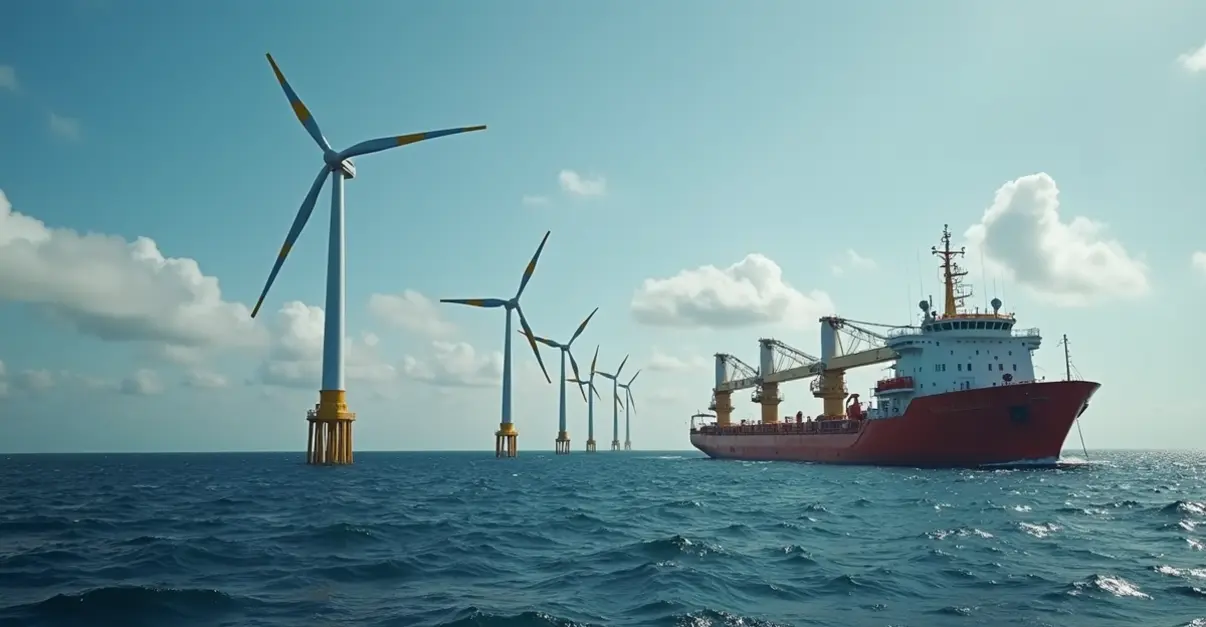Japan has launched its first large-scale floating wind farm prototype, designed to harness deep-sea wind power and support the nation's goal of 30-45GW offshore capacity by 2040. The technology enables energy generation in previously inaccessible deep waters and withstands typhoon conditions.

Japan's Renewable Energy Breakthrough
Japan has officially unveiled its first large-scale prototype floating wind farm, marking a significant milestone in the nation's ambitious renewable energy strategy. The offshore installation, located in deep waters off the Japanese coast, represents a technological leap forward in harnessing the powerful wind resources available in previously inaccessible ocean areas.
Technical Specifications and Capabilities
The prototype features cutting-edge floating turbine technology designed to withstand the challenging marine conditions of the Pacific Ocean. Each turbine stands at an impressive 152 meters tall with rotor diameters reaching 262 meters, creating a swept area equivalent to nearly eight soccer fields. The floating platforms utilize advanced mooring systems that allow the turbines to remain stable in waves exceeding 24 meters high and typhoon-force winds.
According to recent developments in floating wind technology, Japan's prototype builds upon innovations seen in China's record-breaking 17MW floating turbines that can generate approximately 68 million kilowatt-hours annually - enough to power over 6,000 households. The Japanese system is expected to achieve similar efficiency ratings while being specifically engineered for the unique meteorological conditions of the Sea of Japan.
Strategic Importance for Japan's Energy Future
This development comes at a crucial time for Japan, which has set ambitious targets to achieve 30-45 gigawatts of offshore wind capacity by 2040. As an island nation with limited shallow coastal waters suitable for traditional fixed-bottom turbines, floating wind technology represents the key to unlocking Japan's vast offshore wind potential.
The Global Wind Energy Council estimates that approximately 80% of the world's offshore wind generation potential lies in waters deeper than 60 meters - precisely the environment where floating turbines excel. Japan's exclusive economic zone contains extensive deep-water areas that could now be utilized for renewable energy generation.
International Context and Partnerships
Japan's floating wind initiative aligns with global trends in offshore renewable energy. In June 2025, Japanese energy officials signed significant agreements with Siemens Gamesa and TDK to develop domestic supply chains for wind turbine components, including rare-earth magnets essential for turbine generators. These partnerships underscore Japan's commitment to building a robust domestic renewable energy industry.
The technology also addresses Japan's particular vulnerability to extreme weather events. The floating platforms are engineered to withstand typhoon conditions that frequently affect the region, making them more resilient than traditional offshore installations.
Environmental and Economic Impact
The deployment of floating wind farms represents a major step toward Japan's carbon neutrality goals. By tapping into consistent offshore winds, these installations can provide stable, renewable electricity to help reduce the nation's reliance on imported fossil fuels.
Economically, the floating wind sector promises to create new job opportunities in manufacturing, installation, and maintenance. The technology requires specialized expertise in marine engineering, mooring systems, and offshore operations, potentially stimulating growth in related industries.
As the prototype undergoes testing and optimization, Japan positions itself at the forefront of floating wind technology - a critical component in the global transition to sustainable energy sources and a testament to engineering innovation in renewable energy infrastructure.

 Nederlands
Nederlands
 English
English
 Français
Français
 Deutsch
Deutsch
 Español
Español
 Português
Português




